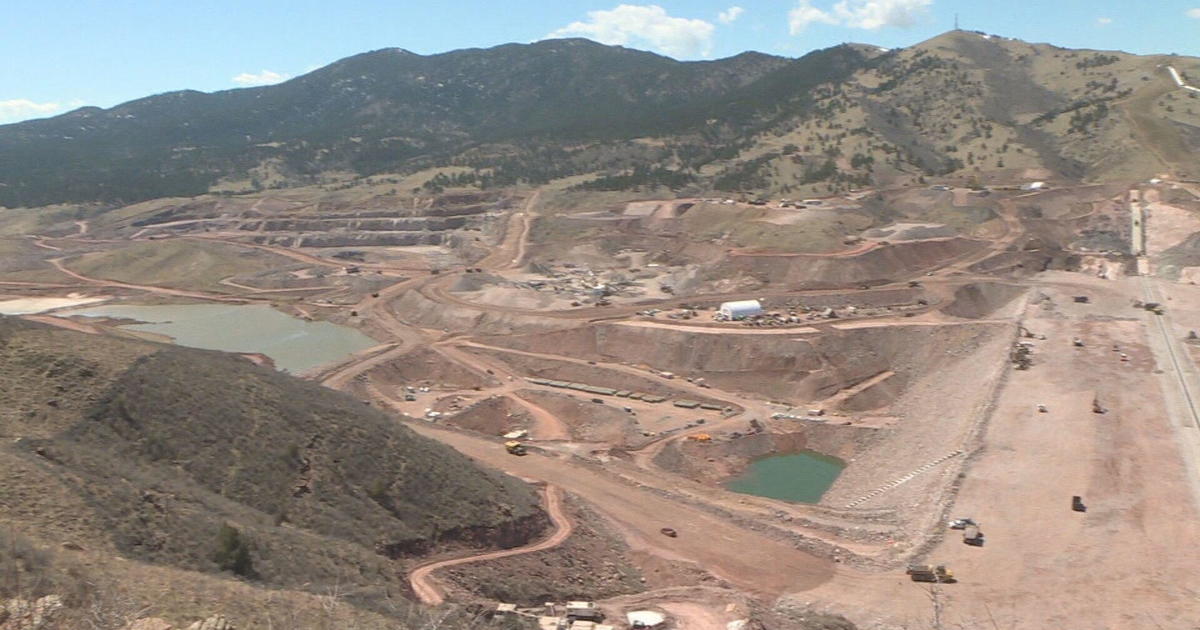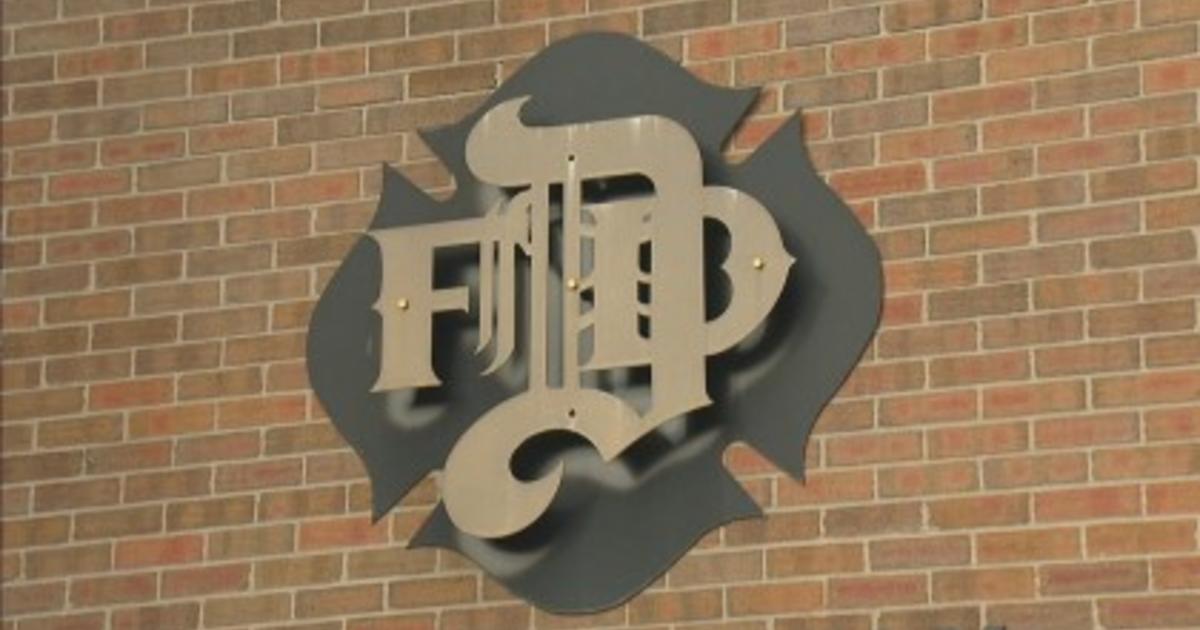Mesa Verde Ponders Mysterious Depression
MESA VERDE NATIONAL PARK, Colo. (AP) - Was it a reservoir, a ceremonial plaza, a ball court?
Mesa Verde National Park in Colorado is taking a new look at a ruin known as Mummy Lake in hopes of determining how ancient Puebloans used it, The Cortez Journal reported Monday.
Archaeologists disagree about the large circular depression lined by sandstone walls. Since 1917, the prevailing view has been that it was a reservoir built as early as 900 A.D.
Sediment buildup behind what could have been an intake canal fit the reservoir profile. And a set of stairs into the structure suggested it was used by Ancestral Puebloans to collect stored water. Faint impressions of irrigation canals also pointed to agricultural use.
"It fits nicely into our present-day experience of dealing with drought by storing water," said Scott Travis, Mesa Verde's chief of research and resource management. "During heavy rains it does collect some water."
But archaeologist Larry Benson refutes the reservoir theory in a paper recently published in the Journal of Archaeological Science.
Benson hypothesizes that the function of Mummy Lake was for community ceremonies. He suspects the area was abandoned due to drought in the early 1200s.
Benson points to previous studies that ancient Southwest cultures periodically relocated ceremonial structures then linked them to newly constructed facilities with broad avenues.
"The avenue has previously been interpreted as an irrigation ditch fed by water impounded at Mummy Lake," Benson wrote. "However, it conforms in every respect to alignments described as Chacoan roads."
A sturdy staircase, elaborate for its time, descends into Mummy Lake and could indicate it was a ceremonial plaza.
"The way the stairs were perfectly built suggests it was not just utilitarian," Travis said.
For several weeks this summer, Benson's crew was at the site studying landscape hydrology to disprove the reservoir theory.
Benson doubts the topography would have allowed for the reservoir to fill because it is on an elevated ridge.
"Within a matter of seconds during a storm, sediment would have filled the hypothetical ditch then forced the water over the cliff edge," Benson wrote.
Benson redefines the irrigation canals as wide avenues that linked the Mummy Lake ritual plaza with neighboring Far View and Pipe Shrine Houses, and also to the Cliff Palace and Sun Temple complexes farther away.
Another possible explanation of Mummy Lake is that it could have been used as an ancient ball court.
Such courts have never been documented at Mesa Verde, and the closest one to the region is in the ancient Hohokam villages near Phoenix.
Travis said no further excavation is planned at Mummy Lake in the near future.
"Archaeologists love to argue about Mummy Lake," Travis said 'What do I think? It could have been used for both ceremonies and water collection."
Since the Benson study, the park is considering adding interpretation panels at the site describing alternate theories. And documentary crews have been scheduling time at Mummy Lake to feature its mysteries.
"We have not heard the end of the Mummy Lake story," Travis said.
More Mesa Verde National Park Stories
(© Copyright 2014 The Associated Press. All Rights Reserved. This material may not be published, broadcast, rewritten or redistributed.)



